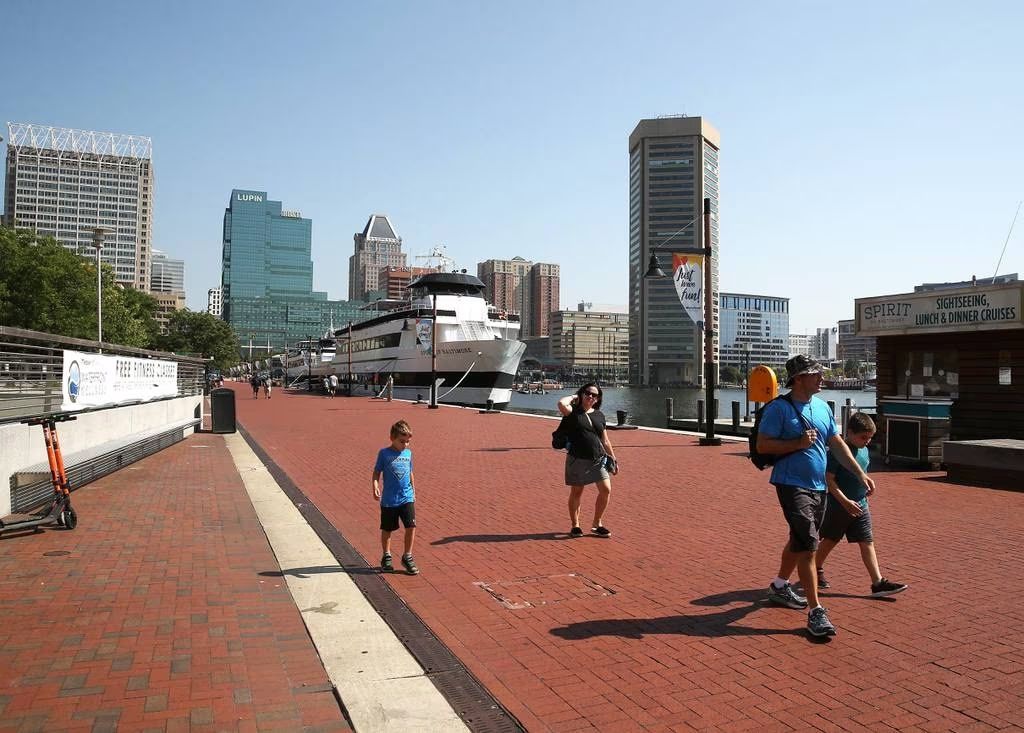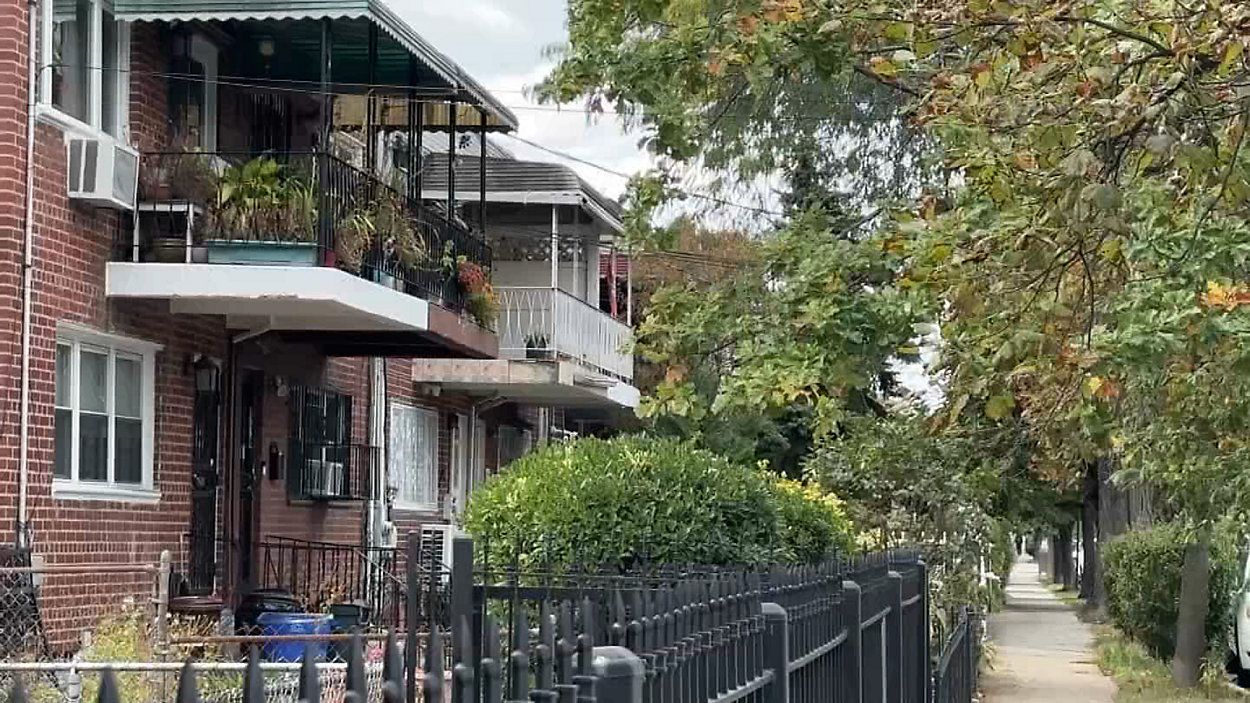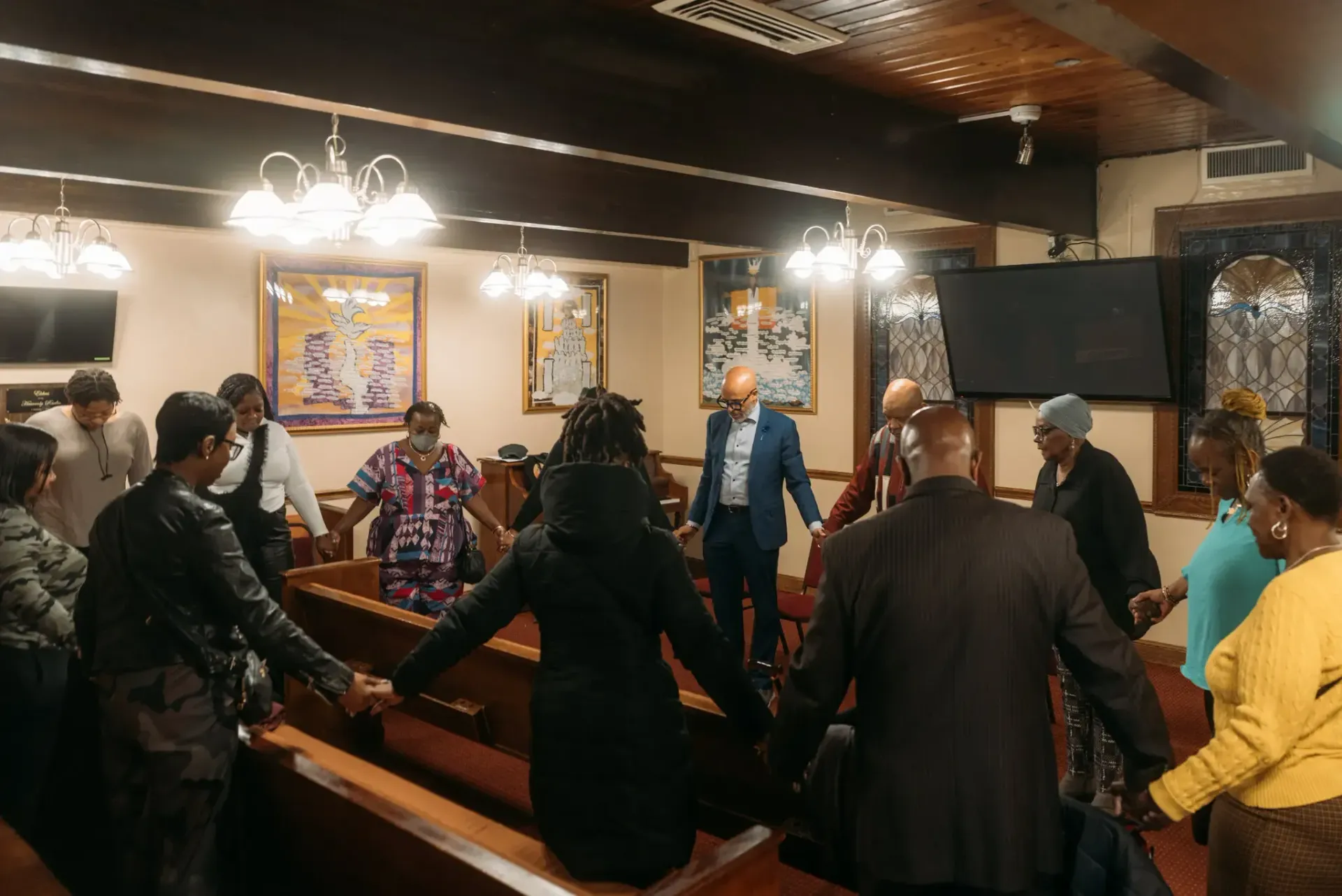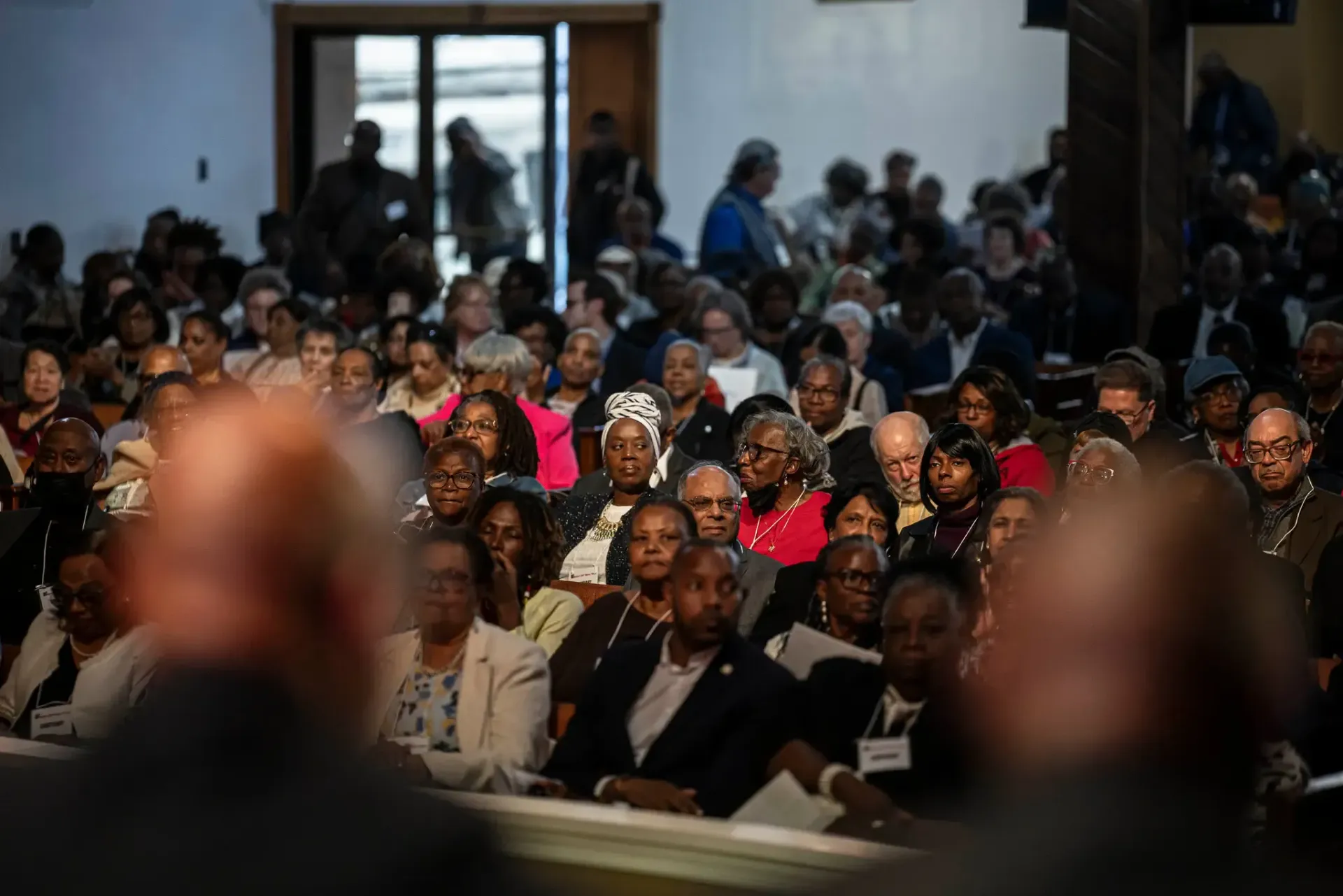Development’s struggle for sites and subsidies
This is a subtitle for your new post

Over the past year, New Yorkers have witnessed the rollouts of a series of major development proposals that will leave indelible marks on the region’s physical and economic future. A year ago, the state announced a decision to subsidize a new stadium for the Buffalo Bills to the tune of $850 million. Recently, the city, not to be outdone, announced a major plan for Willets Point — 2,700 units of affordable rental housing and a new soccer facility for the New York City Football Club. The club will build the stadium with its own funds, but the Independent Budget Office estimates at least $516 million in lost property tax revenue because the city will lease, not sell, the land to the developers. In addition, proposals to build a casino by several different development groups in the city now vie for attention and approval. Finally, in the ongoing state budget negotiations, a proposal to loan $455 million to the fading racing industry is very much on the table. While the attempt by Amazon to create a headquarters in Queens generated a firestorm of scrutiny and opposition, these proposals, involving billions in direct subsidies and lost tax revenues, have not.
Not every major development proposal should be rejected. But every proposal should be rigorously analyzed at inception and then evaluated periodically. Why, after decades of examples, many falling far short of original projections, there is not a clear, public upfront way to examine each proposal and to weigh each against other plausible alternative uses for both scarce sites and limited subsidies remains a mystery.
I write from personal experience — beginning on a sunny afternoon in Baltimore 43 years ago. On July 2, 1980, my wife Sheila and I attended the festive opening of Baltimore’s Harborplace (photo). Harborplace was the brainchild of James Rouse, a developer and a visionary who had won the respect of the leaders of our fledgling citizens power organization, Baltimoreans United In Leadership Development (BUILD).
Despite that good feeling and mutual respect, we had grave misgivings about the Rouse plan. When it was discussed, it was billed as the salvation of a sagging city. Sagging it certainly was. But we argued that the salvation wouldn’t follow the stores, shops, sports arenas, convention center and hotels of Harborplace, but that it would come, if it did, through a campaign of fundamental neighborhood reconstruction — largely with the kinds of affordable homes that once formed the economic and social backbone of Baltimore and every aging industrial city in the U.S.Why do these initiatives like Harborplace generate so much attention, political support, massive subsidies, and media hyperventilation and so little rigorous analysis and clear-eyed assessment of both their costs and their benefits?
I asked this question to one of the nation’s most astute observers of economic matters: David T. Flynn, the Research Director for the Department of Economics and Finance at the University of North Dakota. Prof. Flynn said, “Most project outcomes are ill-defined ...There is a deliberate obfuscation of the outcomes making actual quantification ... almost impossible to trust and verify...”
In every one of these projects, the metaphors fly and multiply. Harborplace would be an anchor for all kinds of other enterprises. Flynn points out that an anchor could also mean that the “local economy could be tied to it and sink into depths not yet explored by man.”
That, unfortunately, is the kind of anchor Harborplace became. In the two decades after the grand opening, Baltimore and the State of Maryland poured more and more subsidies into attractions, according to a 2002 study by Good Jobs First — $200 million into the Camden Yards baseball field, $200 million more for Ravens Stadium, $151 million into the Convention Center, $147 million into Columbus Center, $40 million into the Marriott Waterfront, and a 30% subsidy into every downtown hotel. None of this worked.
Harborplace, for many years used as a model for other cities as they planned redevelopment, filed for bankruptcy in 2019. It was placed into court-ordered receivership — its stores and shops shuttered and one of its struggling hotels still subsidized 43 years later. Long before this collapse, Good Jobs First concluded, “An analysis of Baltimore’s economic development efforts reveals a recurring history of high costs, low benefits, and a lack of safeguards to ensure that taxpayer investments really pay off in family-wage jobs and an enhanced tax base.”
The second comment Flynn makes is: “There is typically an improper counterfactual offered up. In locations where projects are proposed to occur, there is an attitude like no other activity will happen there if not for this project. Essentially that every aspect of the project is a net gain because the alternative was zero.”
But the alternatives in Baltimore in 1980 and the alternatives in New York in 2023 weren’t and aren’t zero. Here’s a counter-counter-factual: what if the city had reduced or even rejected the Rouse proposal and, instead, invested the same amount of subsidy, energy, support, and loyalty into a 40-year effort to reconstruct every sagging neighborhood, primarily with affordable ownership housing for working families? Where would Baltimore be today if the fabricated alternative of zero had been replaced by a plan to build decent homes that enabled people to live full and decent lives?
We don’t have to speculate about that. In East Brooklyn, beginning in 1983, another Metro IAF affiliate, East Brooklyn Congregations, persuaded then-Mayor Ed Koch to do just that: to invest unprecedented amounts of city subsidy, managed by several waves of capable and focused housing professionals, in the construction of thousands of new affordable homes.
The subsidies include a no-interest second mortgage to every homebuyer, free land from the City of New York, and reduced mortgage interest rates from the State of New York Mortgage Agency. The thousands of new Nehemiah homes have generated equity for the owners, freed up units of public housing once occupied by the Nehemiah buyers, and raised the value of property for all existing owners in the area.
A report by NPR — “The American Dream: One Block Can Make All the Difference” — used data collected by Harvard economist Raj Chetty. His evaluative tool, called the Opportunity Atlas, showed that Black kids of Nehemiah homeowners did better economically than their parents, while those kids still trapped in public housing, literally across the street, did not. And a 10-minute piece narrated and reported by Ted Koppel several months ago on the “CBS News Sunday Morning” show told the story of how Nehemiah homeowners had been able to achieve what everyone discusses these days — equity, wealth — because they purchased, cherished, and maintained their affordable Nehemiah homes.
In spite of the demonstrated impact and success of the EBC Nehemiah effort, attempts to replicate it, not only in cities like Chicago and Baltimore, but even in the neighboring borough of Queens in the same city where it has worked so well, have moved at a glacial pace. They are hampered by bureaucratic interference, by scant subsidies spread thinly among too many smaller initiatives, and by an affordable housing environment that favors rental construction over ownership opportunities.
And in spite of a long history of sometimes catastrophic and costly failures, like the Tesla solar panel factory in Upstate New York, every new version of Harborplace is treated with the same lack of objective analysis and historical context that Jim Rouse’s was.Decades after the 1980 opening of Harborplace, when Baltimore was home to 780,000 souls, the meter for Rouse’s miscalculation keeps running. Today, fewer than 580,000 Baltimoreans continue to pay the price for his — and the establishment’s — lack of rigor and objectivity. The Jim Rouse we knew would be appalled by this nightmare, I believe, and would want people to have the tools and protections that prevented a result like this from reoccurring.
The meter — or meters — are running in New York too, enriching the already-rich, filling spaces with entertainment hubs for the better-to-do, and quietly and relentlessly draining finite resources away from initiatives that would allow millions to realize their dreams of owning affordable housing, of creating diverse neighborhoods, and of writing the next chapter in the life of a dynamic and welcoming city. The answer to what ails the city and region today, as we have written in these pages before, is hiding in plain sight — vacant land owned by NYCHA, by religious institutions, by the state itself, both in the city and in the nearest suburbs, land that could support the next generation of affordable homes for the city’s working class and working poor. Forget the risky bets on vaporous crypto currency and ponies that fewer and fewer want to see run around a track. The governor and the mayor should put their chips on a proven winner — critical masses of affordable housing hundreds of thousands would line up to buy or rent.







